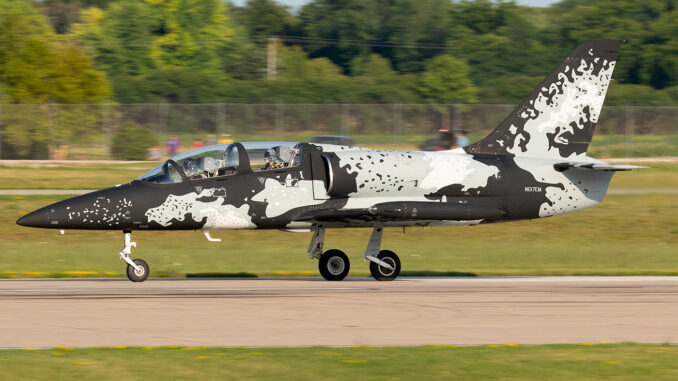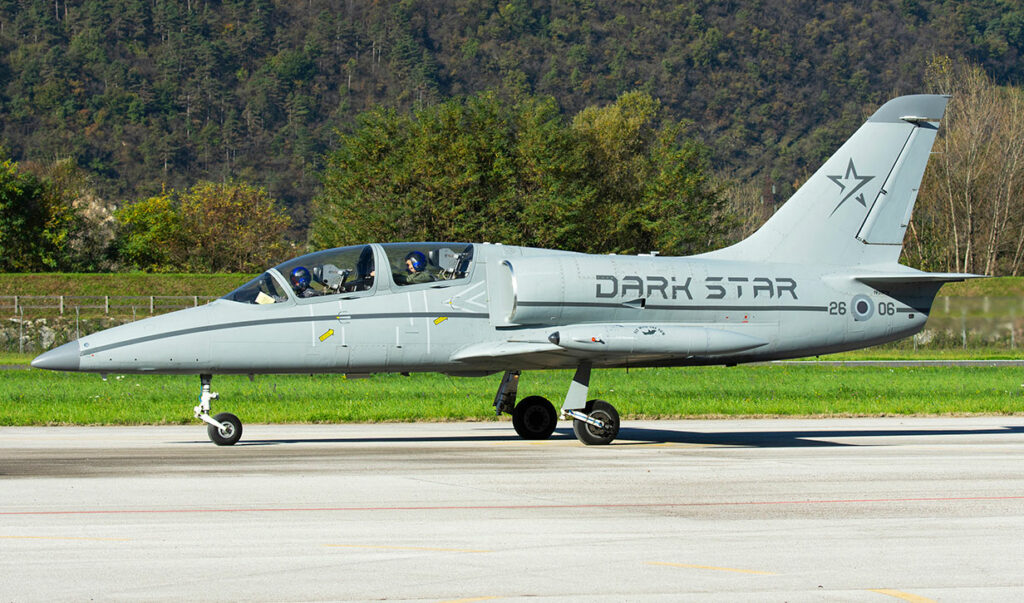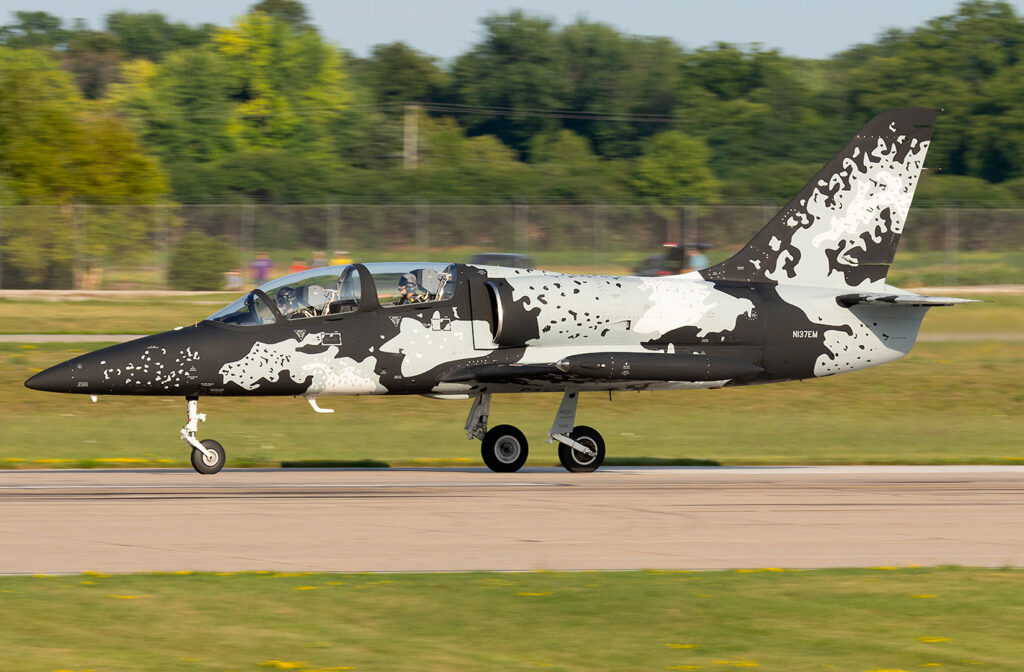
Find out how the L-39 Albatros, a Czechoslovakian trainer, was used in theaters of war around the world.
The L-39 Albatros, designed by the Czechoslovak firm Aero Vodochody, is a military trainer that came into being in the late 1960s. Initially intended to replace the L-29 Delfin as the standard trainer for Warsaw Pact forces, it soon found its way into various operational roles around the world.
Technical features and design
The L-39 is a single-engine subsonic aircraft with two tandem seats. It measures 12.13 meters in length, with a wingspan of 9.46 meters and a height of 4.77 meters. Its empty weight is 3,459 kg, for a maximum takeoff weight of 4,700 kg. Powered by an Ivchenko AI-25TL turbofan engine, it reaches a maximum speed of 910 km/h and has an operating ceiling of 11,500 meters. Its range is around 1,100 km.
Although primarily designed for training, the L-39 can be equipped for light attack missions. It features four under-wing attachment points capable of supporting up to 1,290 kg of external loads, including bombs, rockets or additional fuel tanks. Some versions, such as the L-39ZA, are equipped with a 23 mm GSh-23L cannon mounted under the fuselage.

Use in theaters of war
Over the decades, the L-39 Albatros has been involved in many conflicts around the world, often as a light attack or close support aircraft.
- Middle East: Countries such as Syria and Iraq have used the L-39 for light combat and armed reconnaissance missions. In Syria, for example, the aircraft was used extensively during the civil conflict, providing air support to government forces.
- Africa: The L-39 has been used by several African nations for border surveillance and anti-trafficking missions. Its ability to operate from sketchy airstrips and its relatively simple maintenance make it a suitable choice for austere environments. More recently, L-39s have been delivered to the Central African armed forces, reinforcing their air capacity.
- Eastern Europe : Ukraine has kept its L-39s in service, using them for advanced training missions and, in some cases, light combat operations. In 2024, Lithuania transferred one of its L-39ZAs to Ukraine, illustrating regional defense cooperation.
- West Africa: In the Sahel, countries such as Mali have integrated the L-39 into their air arsenal. These aircraft have been used for air support missions against jihadist groups, contributing to counter-insurgency operations in the region.
Advantages and limitations
The L-39 Albatros offers several advantages that explain its worldwide popularity:
- Lower operational costs: Compared with more sophisticated fighter jets, the L-39 is economical in terms of maintenance and fuel consumption.
- Versatility: Although originally designed for training, its ability to be armed makes it useful for light attack, reconnaissance and close support missions.
- Simplicity of maintenance: Its robust, simple design makes it easy to maintain, even in environments with limited infrastructure.
However, the L-39 is not without its limitations:
- Limited armament: Its weapons-carrying capacity is lower than that of dedicated fighters, limiting its effectiveness in high-intensity engagements.
- Vulnerability: Without advanced self-protection systems, the L-39 can be vulnerable to modern air defenses.

Future prospects
Despite its age, the L-39 continues to be used, thanks in part to modernization programs. Improved versions, such as the L-39NG, offer enhanced performance and modernized avionics, extending the operational life of this iconic aircraft.
The L-39 Albatros illustrates how a trainer aircraft can be adapted to a variety of operational roles in the world’s theaters of war. Its combination of simplicity, versatility and low cost makes it a popular choice for many air forces, particularly in low-intensity conflicts.
War Wings Daily is an independant magazine.